Red Square passersby are immediately struck by the wave of Georgetown students’ messages supporting or denouncing various causes scrawled across bricks and posted above their heads. Yet another, more subtle form of self-expression can be found by looking at the students themselves.
A student’s wardrobe can reflect their background or character or the influence of the Georgetown neighborhood itself. Some styles, such as salmon shorts in the summer and Canada Goose coats in the winter, appear to be so ubiquitous that they crop up on popular meme pages like “Georgetown Memes for Non-Conforming Jesuit Teens” as examples of students’ uninspired fashion choices. However, while these recurring trends do exist, they are complemented by the eclectic styles and aesthetics of the Hilltop’s myriad communities. A closer look at the student body reveals more to student style on campus than initially meets the eye.
Preppy Presentation
The origin of the stereotypically preppy Georgetown look appears to rest in the demographics of its students, but this stereotype does not speak for all students.
Since Georgetown undergraduate schools draw a large percentage of their students from the Northeast and Mid-Atlantic regions, the preppy stereotype is not so surprising, according to the president of the fashion blog Thirty-Seventh, Mallory Murray (MSB ’19).
Looking at the regional breakdown of the Class of 2022, four of the top five states for admitted students were New York, New Jersey, Maryland and Virginia. When so many students come from the same area, it is unsurprising that Georgetown student fashion seems to reflect wider regional trends.
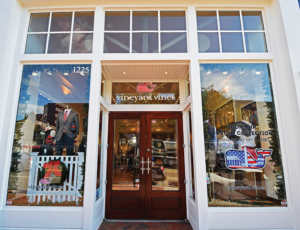
“Vineyard Vines and the salmon shorts, when you think of Georgetown style, I think that’s the first things that comes to mind just because of our position on the East Coast and the kind of people who come here, typically,” Murray said in an interview with The Hoya.
In addition to a large Northeastern and Mid-Atlantic population, Georgetown is also renowned for its strong international community, which brings its own influence to the general look around campus. Looking at the admissions statistics for the incoming freshman class, 16 percent of students are international and originate from 81 countries.
International students tend to have a more brand conscious approach to clothing according to Karissa Prayogo (SFS ‘20), President of the International Students Association.
“International students are probably a lot more brand conscious in a way that American students are not, like they wear a lot more recognizable items or even luxury items,” Prayogo said.
The style of luxury items chosen by international students often leans towards athleisure and streetwear rather than the preppy style of their American peers, however. Instead of J. Crew or Vineyard Vines, though, international students often favor brands like Supreme Bape, Prayogo says.
Whether they stick to salmon shorts, stand out with streetwear or wear their own distinct style, Georgetown students’ fashion choices reflect their desire to express themselves.
Dress to Express
Although Hoyas’ different backgrounds play an important role in their sartorial choices, students are perhaps more heavily influenced by the styles of their peers. Looking at the student body’s style from an observer’s point of view, it seems that style is more than just a reflection of students’ backgrounds and a symbol of their aspirations and personalities, according to Georgetown sociology professor Sarah Stiles.
“Everyone engages in ‘impression management’ to a certain extent,” Stiles wrote in an email to The Hoya. “To me, college is dress rehearsal for life and what we wear says a lot about our values and priorities.”
Simply choosing what to wear each day requires both a level of self-awareness and an idea of what a person hopes to project. In characterizing Georgetown students in particular, Stiles sees the projection of a desired image at the crux of Georgetown style.
“The Georgetown student is always presentable. She or he would never attend class in pajamas as some students elsewhere do,” Stiles wrote. “The Hoya sees class as important as a job and dresses accordingly. This is out of respect for the professor and the institution, and to send a message to fellow Hoyas, sometimes literally via brand names.”
Murray agrees that Georgetown students use their attire to create a refined image, perhaps even more so than students at other colleges.
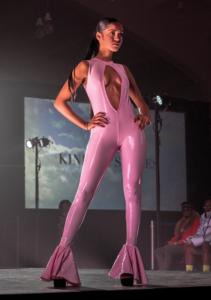
“People do express themselves more through fashion than maybe our typical age group,” Murray said.
Beyond self-expression, student’s fashion choices are sometimes explicitly political. The Diamanté Fashion Show at the end of November promoted bold expressionism, as models marched with raised “black power” fists while draped in scarlet and gold Haus of Faleci’ago evening gowns. The show’s very title, “Reclaim Your Crown,” emphasizes its goal of empowering models, designers, and audience to feel confident in their clothing.
Neighborhood Influence
Georgetown’s campus also hosts an interplay between student style and the development of the surrounding neighborhood. The retail stores that line M Street help define the culture of the neighborhood. As the neighborhood develops and incorporates larger and more mainstream fashion brands into its streets, they become shopping hotspots. Rather than taking an Uber across the city, students can find name brands like J. Crew and Vineyard Vines only a few blocks away.
Murray believes the presence of big-name stores nearby influence the style of the students. The brand prevalence perpetuates the stereotype of the dressed-up Georgetown student body on the whole.
Still, the stores lining the streets of the neighborhood that can influence Georgetown’s perceived look may not be its big-name chains but rather its consignment and vintage boutiques. Ella-Rue on P Street is a recognizable name, a space for women’s “new-designer-high-end consignment” that resells gently worn items from luxury brands like Marc Jacobs and Fendi. Ella-Rue and other consignment stores like Once Is Not Enough contribute to the neighborhood’s status as a breeding ground for luxury fashion.
Ella-Rue owner Krista Johnson has seen that her clients want to make an impression that is both lasting and timeless.
“We have been in business for over eight years and I would say the style in Georgetown has always been classic,” Johnson wrote in a message to The Hoya. “Our clientele wants to look effortless but memorable.”
Of course, even secondhand designer can come at a high cost, leading students to find creative ways of making style accessible. Some have taken a stance by resourcing affordable and fashionable clothing on campus. Dressmate, for example, an initiative of Georgetown alumnae, allows students to rent other students’ clothing for more formal or business-attire occasions.
An important aspect of students’ style also comes from their creativity and adaptability, according to Murray. Stores that market a multitude of looks like H&M and Zara allow students to craft their own fashionable aesthetics without relying on name brands.
“People take clothing that doesn’t necessarily have a logo, but they make it their own, and they’re fashionable,” Murray said. “They can be fashionable and stylish at the same time without having to go onto M Street with those big brands.”
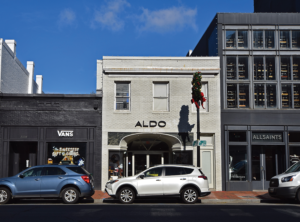
Apart from the external influences of fashion trends and peers’ impressions, students make deliberate and personal choices regarding their clothing. Some prefer to dress to impress, while others opt for comfort in their garb.
“It’s the confidence to dress up or down,” Stiles said.
The phenomenon that Stiles is referring to is not black and white, either. Between the extremes of T.J. Maxx clearance sales and Ralph Lauren, Georgetown students are scattered across the fashion spectrum.
Regional variations and social circles aside, Georgetown students come together to represent a community that uses fashion as an extension of their personalities, beliefs and backgrounds. Hoyas take pride in what they wear each day, making campus a vibrant center for sartorial expression and experimentation.










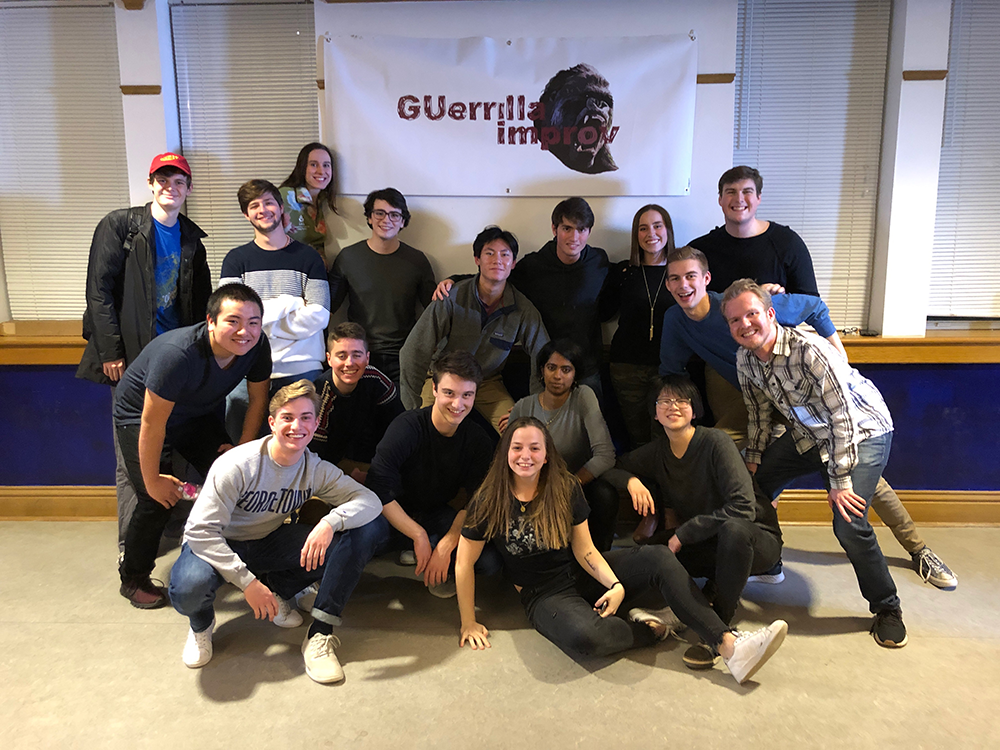
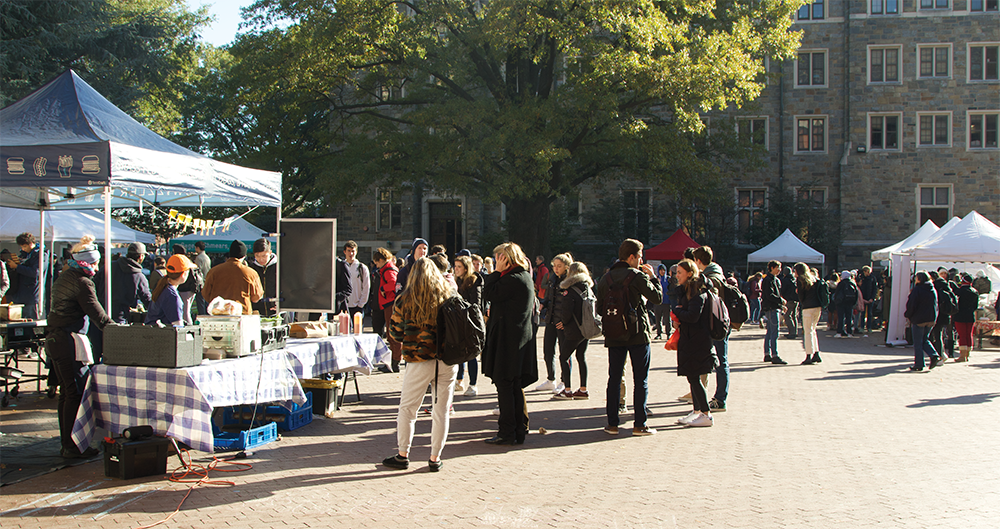
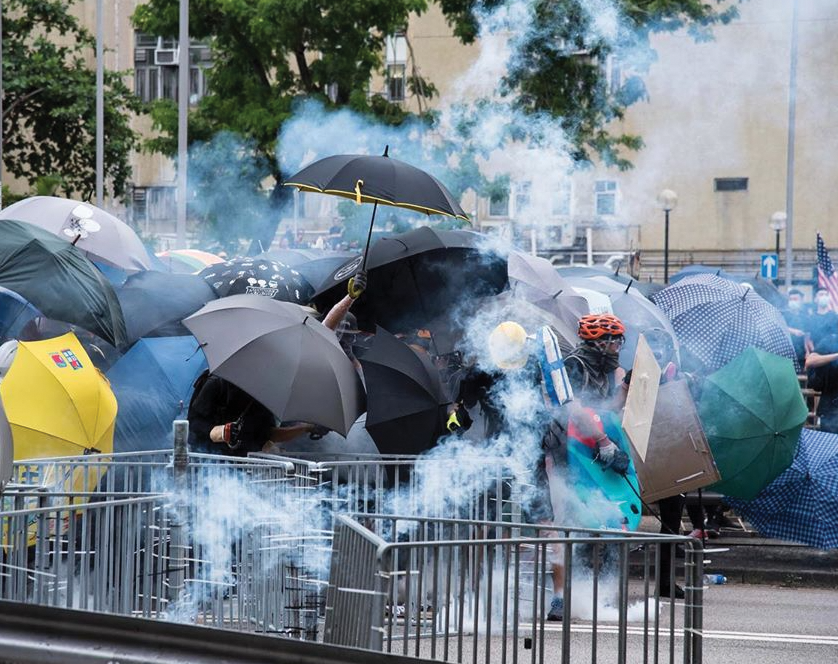







deri ceket • Jul 2, 2021 at 8:35 am
i like the article thank you